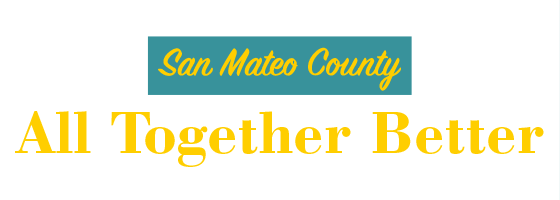Promising Practices
The Promising Practices database informs professionals and community members about documented approaches to improving community health and quality of life.
The ultimate goal is to support the systematic adoption, implementation, and evaluation of successful programs, practices, and policy changes. The database provides carefully reviewed, documented, and ranked practices that range from good ideas to evidence-based practices.
Learn more about the ranking methodology.
Filed under Effective Practice, Community / Social Environment, Families
Goal: The goal of Celebrating Families! is to strengthen recovery from alcohol and/or drugs, break the cycle of addiction, and increase successful family reunification.
Filed under Evidence-Based Practice, Health / Cancer
Goal: The goal of this campaign is to increase screening for colon cancer.
Filed under Effective Practice, Community / Civic Engagement, Teens
Goal: To provide youth and their communities with experiential workshops and programs that demonstrate the possibility of love and connection through the celebration of diversity, truth and full expression.
Filed under Effective Practice, Health / Physical Activity, Children, Adults, Racial/Ethnic Minorities
Goal: Change The Future WV emphasizes improving access to healthy food options and safe environments for physical activity to create healthier communities in the Mid-Ohio Valley.
Impact: Change The Future WV has launched multiple community and school-based interventions to improve dietary behaviors and physical fitness in the Mid-Ohio Valley.
Filed under Effective Practice, Health / Mental Health & Mental Disorders, Children, Adults
Goal: By partnering with key community stakeholders, the Charleston Dorchester Mental Health Center is committed to providing accessible, affordable, quality mental health services to residents of Charleston and Dorchester counties.
Impact: Charleston Dorchester Mental Health Center Partnerships has resulted in increased hospital and emergency services diversion, increased children tenure in communities and schools, and provided essential mental health services to improve the overall quality of life for residents of the community.
Filed under Good Idea, Health / Mental Health & Mental Disorders
Goal: To have an EMR system that allows medical professionals to correctly diagnose and address the medical needs of incarcerated patients in the emergency room or in the prison system.
Impact: The program has allowed for greater accessibility and sharing of medical data.
Filed under Good Idea, Education / Educational Attainment, Children, Teens
Goal: The goal of Check & Connect is to encourage middle and high school students to stay on track towards graduation. Check & Connect seeks to foster student engagement at school and with learning. In Check & Connect, engagement is defined as commitment to and investment in learning, as well as identification with and belonging at school. Engagement is associated with desired academic, behavioral, cognitive, and affective outcomes, such as persisting in school and graduating.
Impact: Students who participate in Check & Connect are significantly more likely to stay in high school than similar peers who did not receive the intervention (24%). Students who participate in Check & Connect are significantly more likely to complete high school than peers who did not receive the intervention (20%).
Filed under Effective Practice, Environmental Health / Toxins & Contaminants
Goal: The goal of the Chemical Management Services model is to reduce chemical use and cost, and to reduce the environmental impact of chemical use.
Filed under Effective Practice, Education / Childcare & Early Childhood Education, Children
Goal: The central goal of CDP is to help schools become "caring communities of learners" by offering an environment of caring, supportive, and collaborative relationships to build students' sense of community in school and to promote school bonding.
Filed under Good Idea, Community / Social Environment, Children
Goal: The training provides an opportunity for teachers to (1) explore their own sexual and abuse-related issues and opinions; (2) determine and build upon their knowledge of the symptoms of abuse; and (3) understand their legal and ethical responsibilities as teachers.

